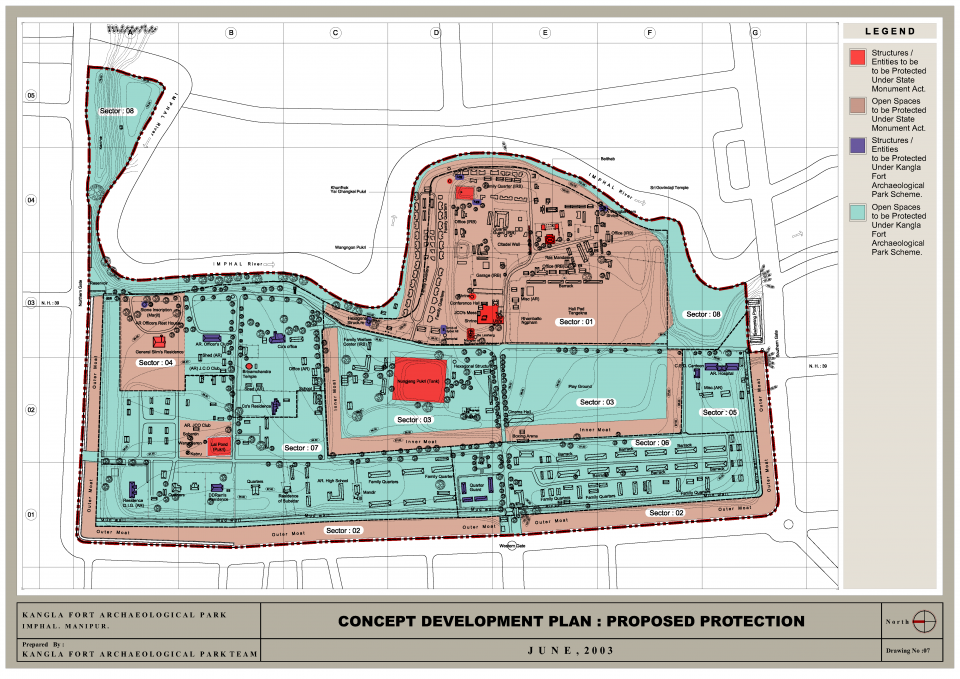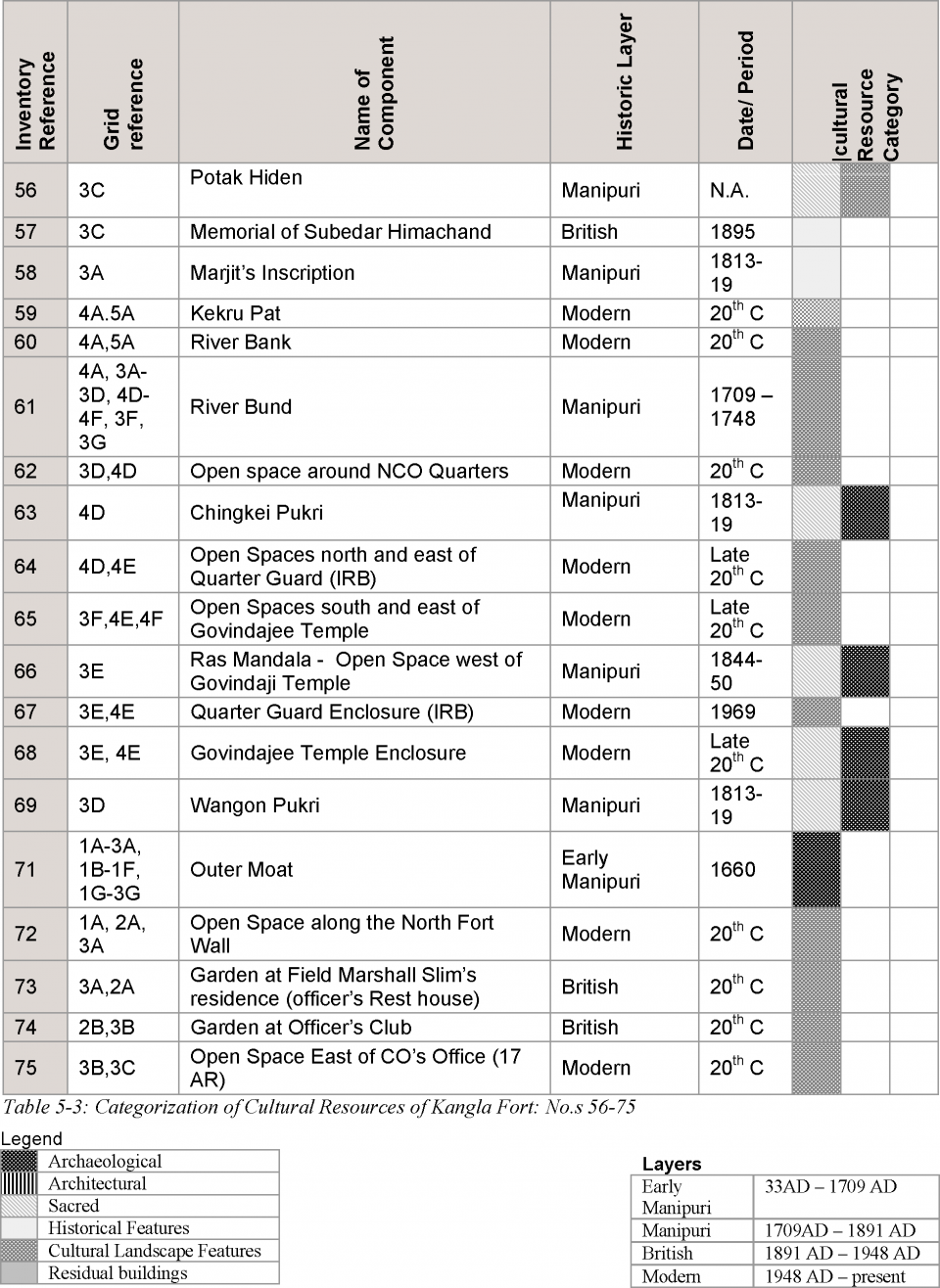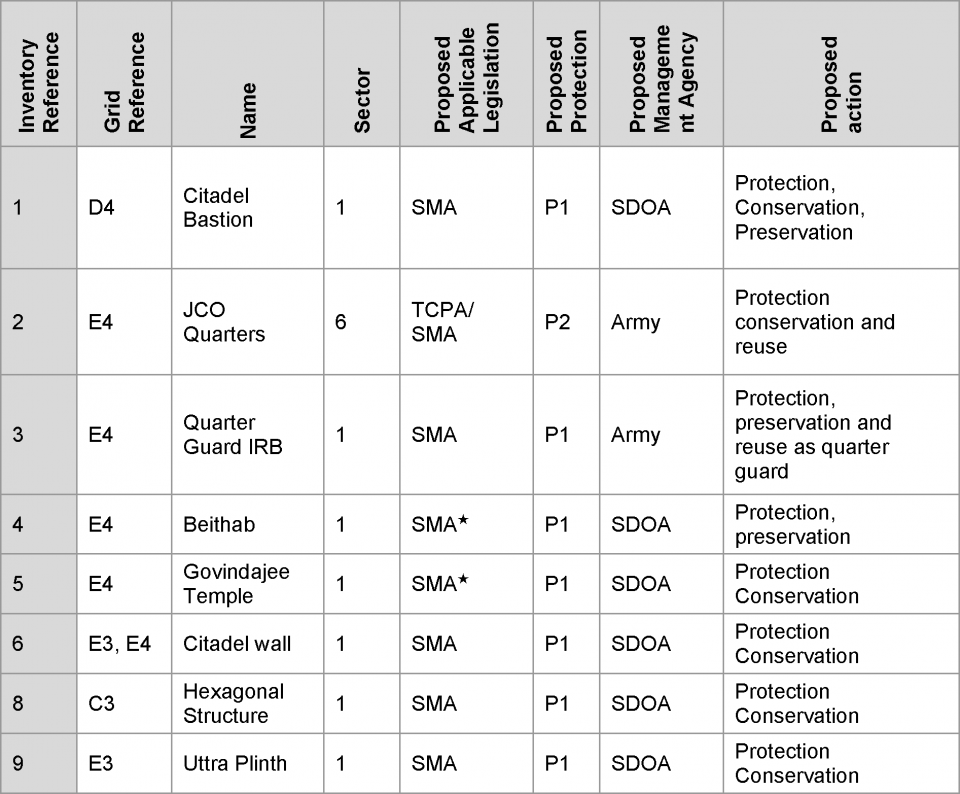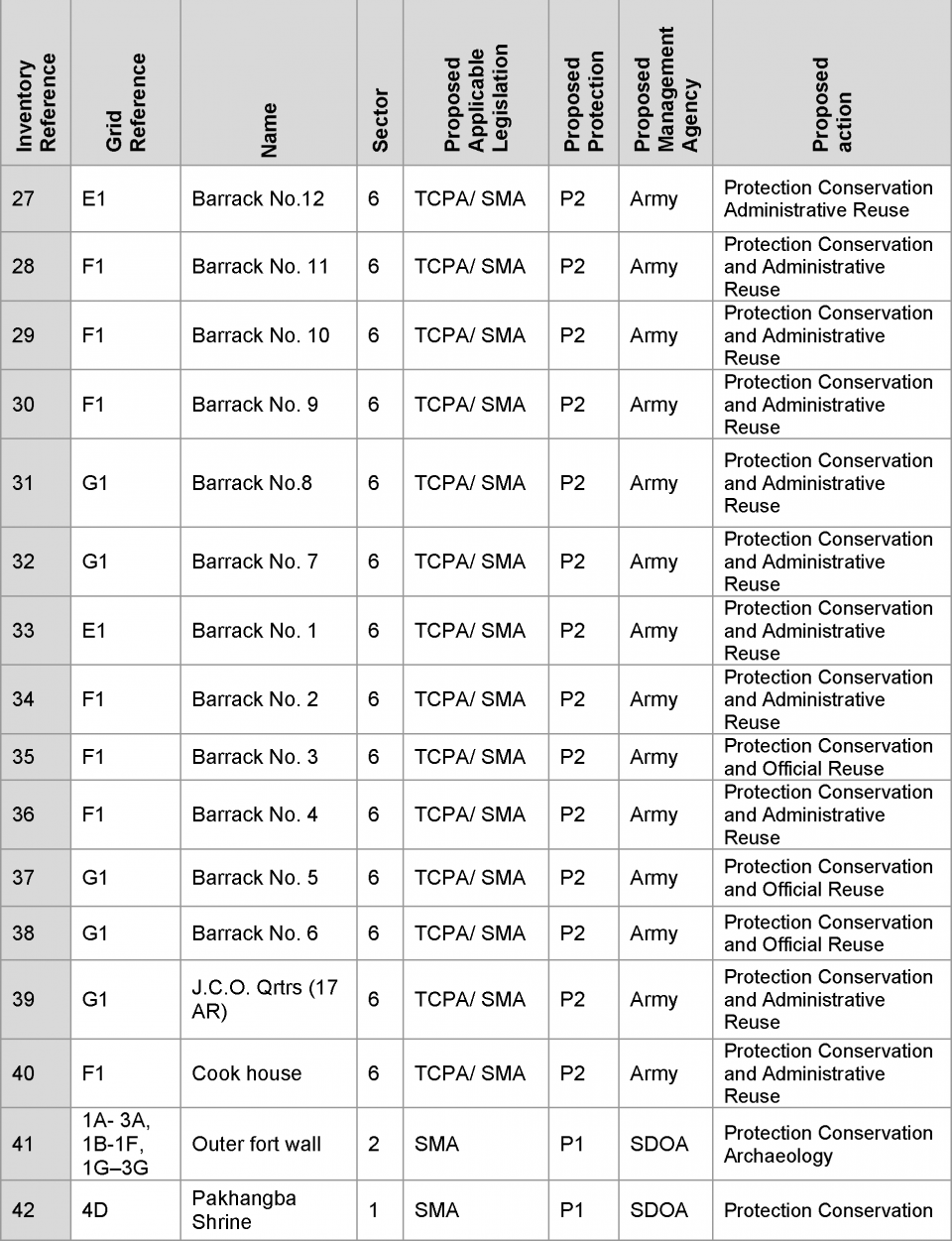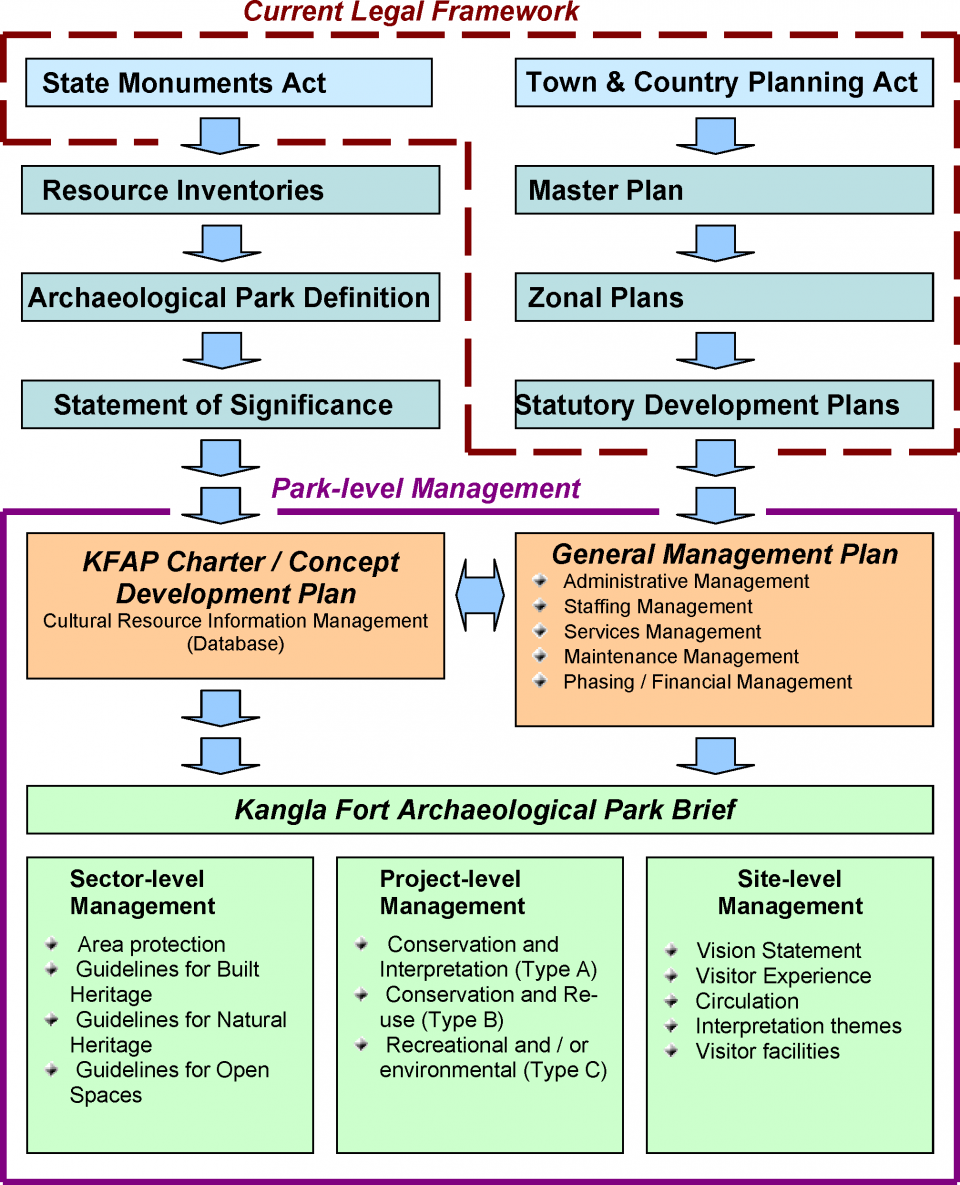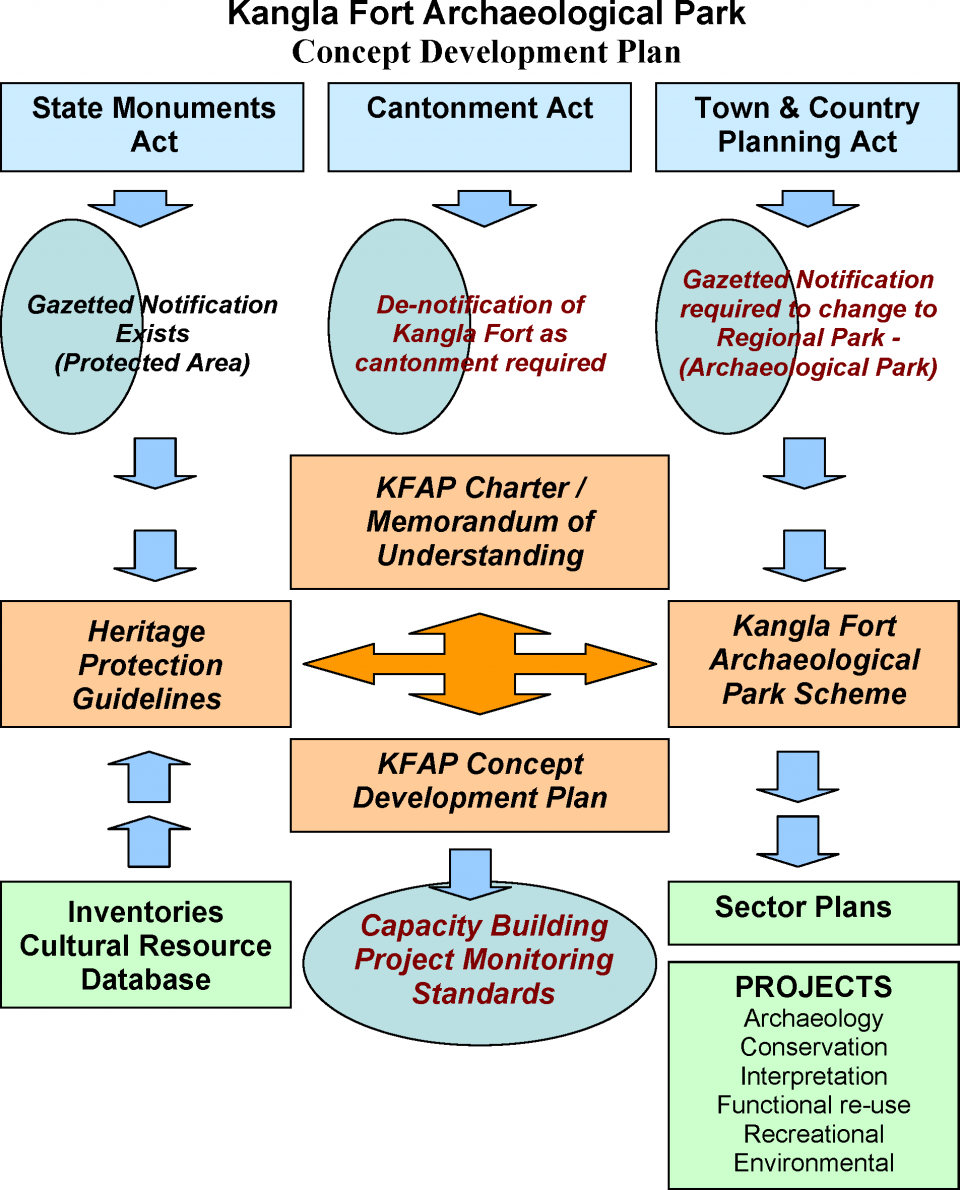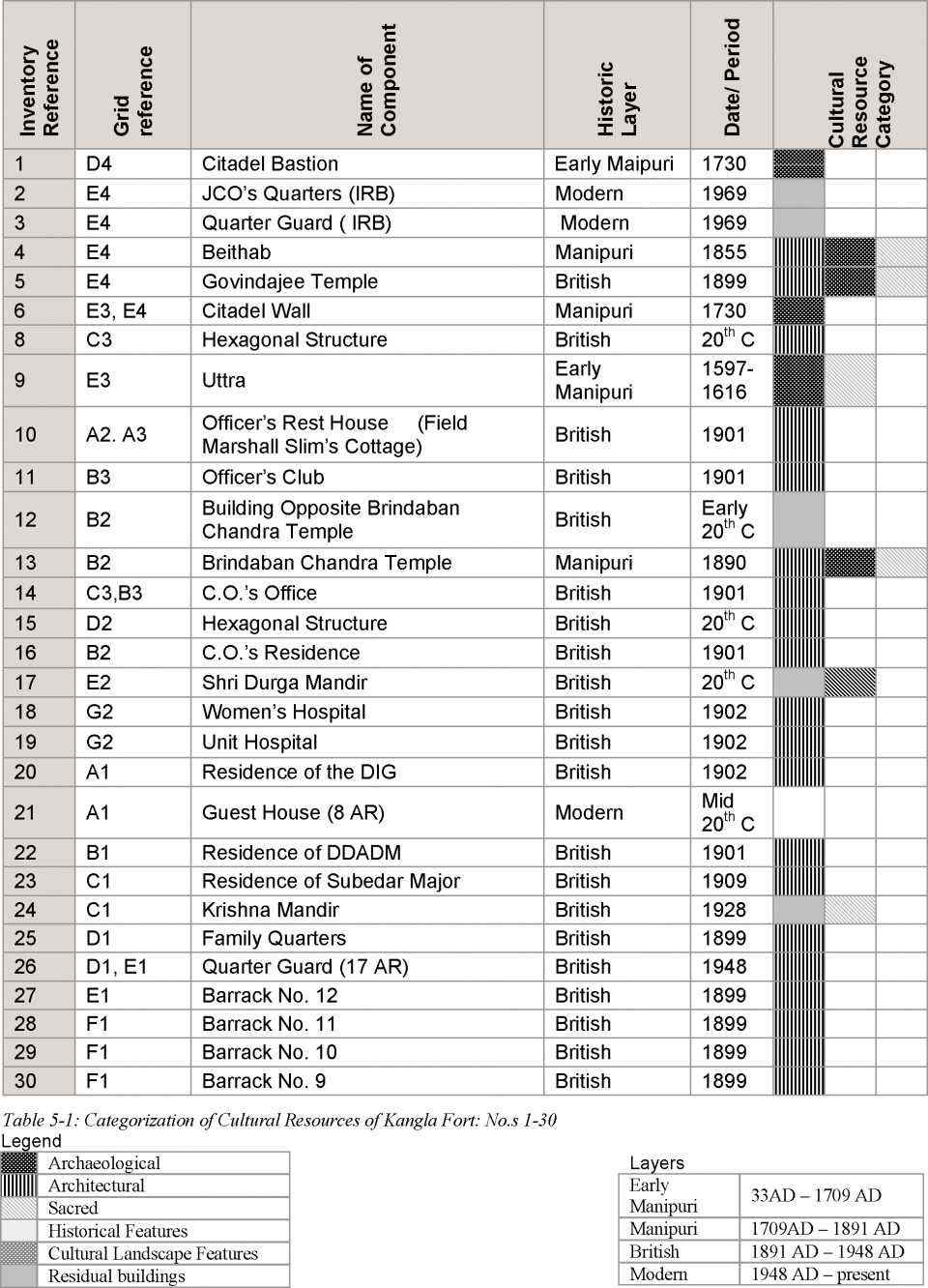
This image is embedded in ...
- Ribeiro, E.F.N., Adit Pal, Senthilpavai Kasiannan, Rajshree Sharma, Meetu Sharma Saxena, and Sukant Saha. 05: Kangla Charter In Kangla Fort Archaeological Park Concept Development Plan: Charter, Edited by Nalini Thakur. Vol. 01. Kangla Fort Archaeological Park Team, 2003.

